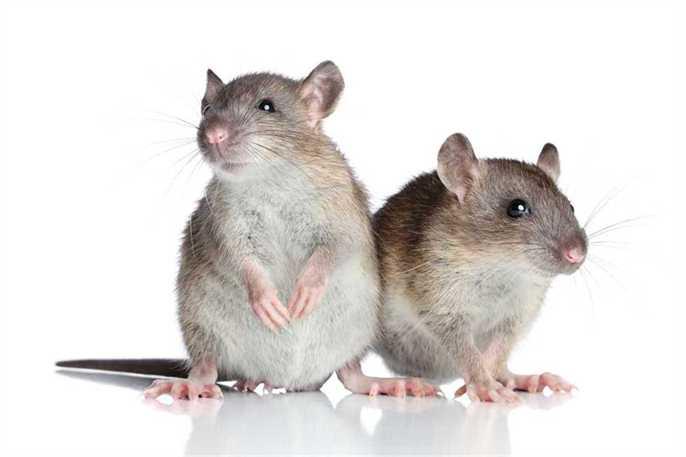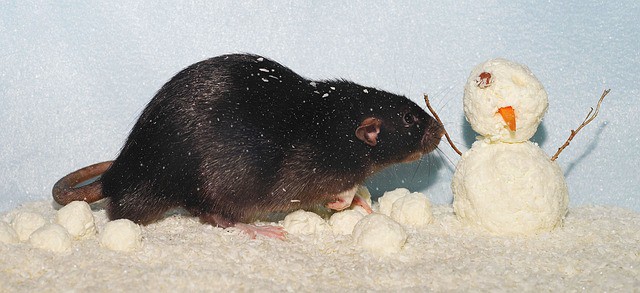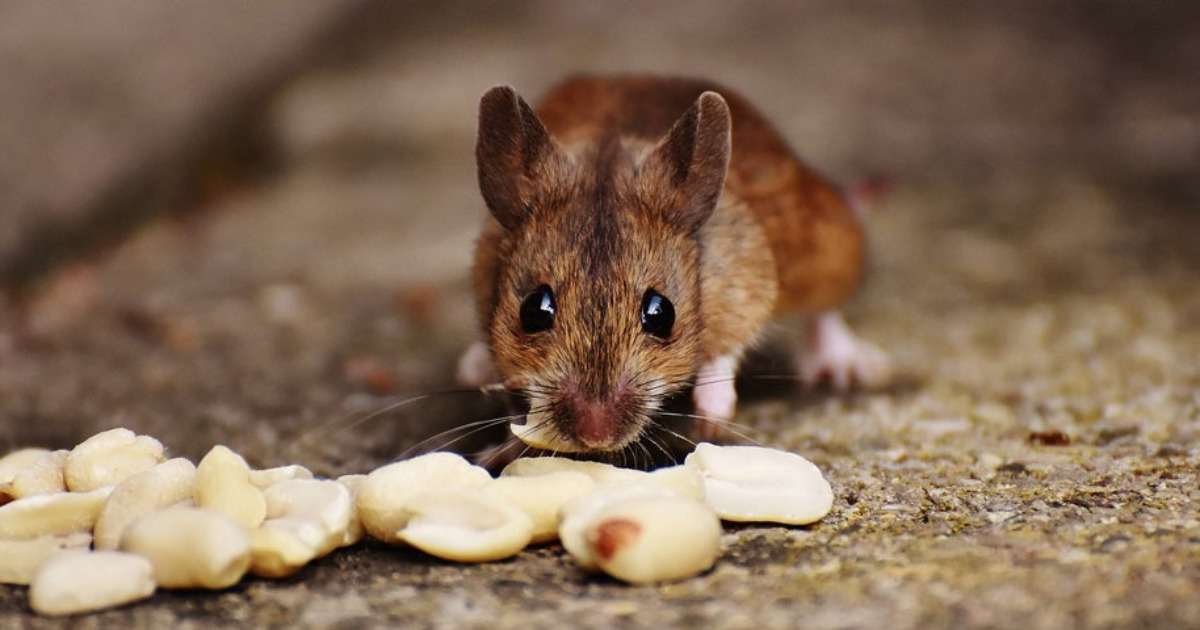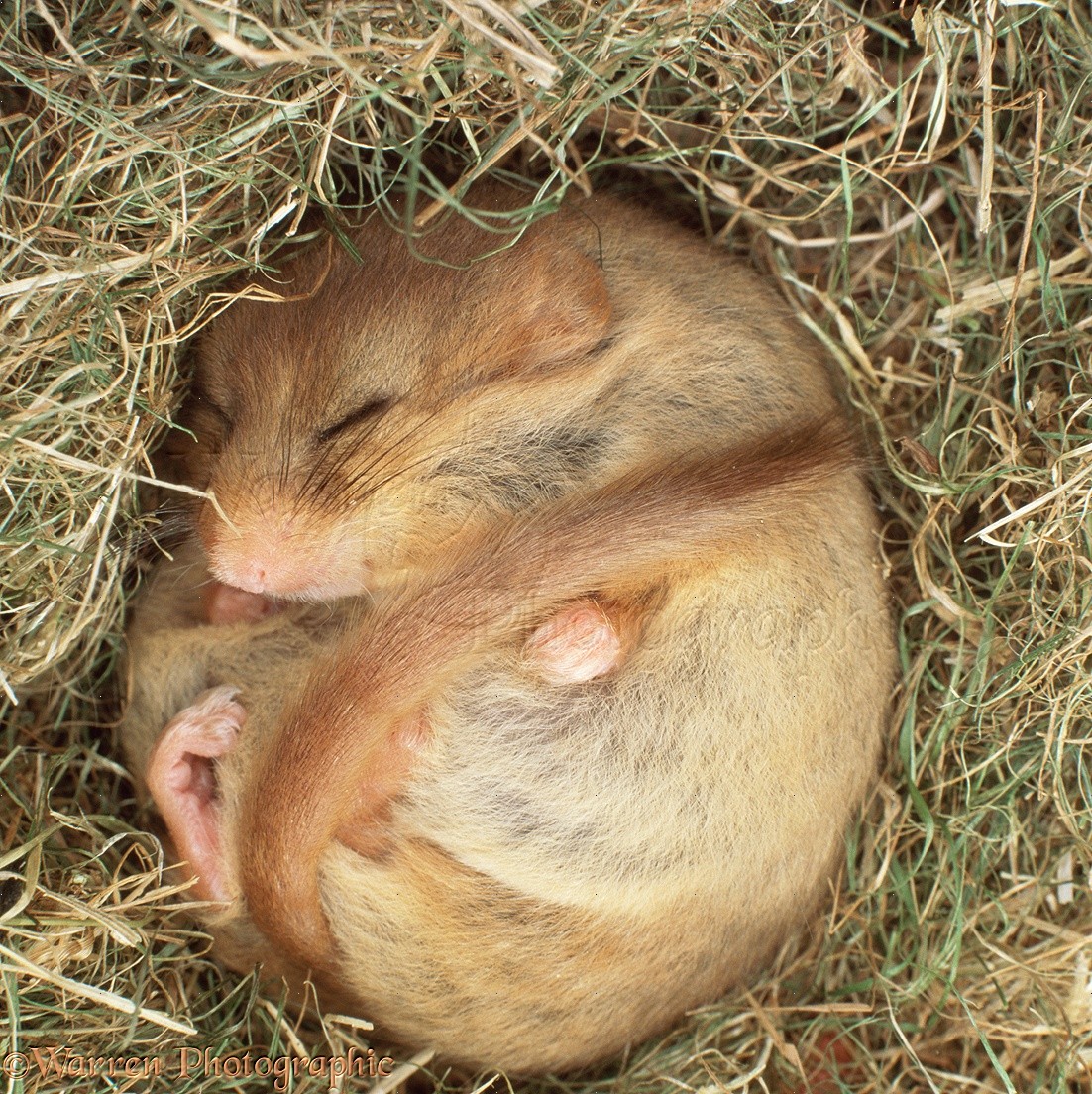

They are also extremely prolific, mating and having babies throughout the year if weather and other living conditions are favorable. Mice may be small-at least as compared to their rat cousins-but they are still disease-carrying pests that can cause extensive and expensive damage to your home or garage. If you’ve spotted a mouse in or around your home, or if there’s other evidence of mice activity somewhere on your property, you are probably concerned, and rightfully so. Being in a sheltered spot can also offer protection from any potential predators that rely on rodents as a food source. People may even have more mouse sightings in their homes during winter than in warmer seasons, since mice spend so much more time indoors when it’s cold outside. Contrary to common belief, mice and rats do not hibernate in wintertime rather, they stay active throughout the year, including during the coldest months. When animals hibernate, they go into a long, deep sleep in order to survive colder temperatures and periods when food is scarce. All mammals share the same instinct to head indoors where they can hunker down and stay snug and toasty until warmer temperatures return. After all, humans aren’t the only ones who prefer to stay warm and cozy during cold weather. Most rats are social, and groups will occupy a single dwelling.Do mice hibernate? Do rats hibernate in winter? These are both valid questions if you’ve had any type of rodent activity in or around your home, or if you’re worried that mice might move into your living space in search of a safe place to spend the winter. Mice especially like burrowing into areas that have access to natural gas or electrical lines going into your house. Rats and mice are excellent at digging and will usually burrow into the ground if they don’t have access to human dwellings or caves.They will use caves and natural shelters during the winter months and look for a structure like a rock, wall, or fence, and dig a burrow beneath or against it. Moist areas where they can get the little water they need are particularly ideal.

Rats seek out warm, dark places where they won’t be bothered by humans or other natural predators. For materials rats use a combination of natural and synthetic materials, such as shred paper, seat cushions and fabric. The location of the nest is a lot more important for rats than the material. Rats nests are like bird nests, but usually a lot more disorganised and on the ground. Your vehicle, insulated from predators and the cold, can be especially alluring to rodents and other critters. In chilly winters the rodents are drawn to the hiding spaces and heat of an active engine. Idle vehicles are often used by pack rats and other rodents. Spaces beneath homes are also common place for rats House mice and brown rats are most frequent in houses close to city centres. Preferred spaces are sheds, roofs, cellars, cupboards and wall spaces. Houses and outbuildings provide protection and shelter for rodents during the cold period. Their winter habits remain consistent regardless of environment, but they do utilise different types of shelter depending on location. During the cold months rats are in search for warm place where they can find shelter and protection from predators.


Rats, mice and other rodents live in wilderness and domestic environments and do not typically hibernate during the winter months. Product Literature Promotional Materials.Pest Library What pest are you dealing with?.


 0 kommentar(er)
0 kommentar(er)
